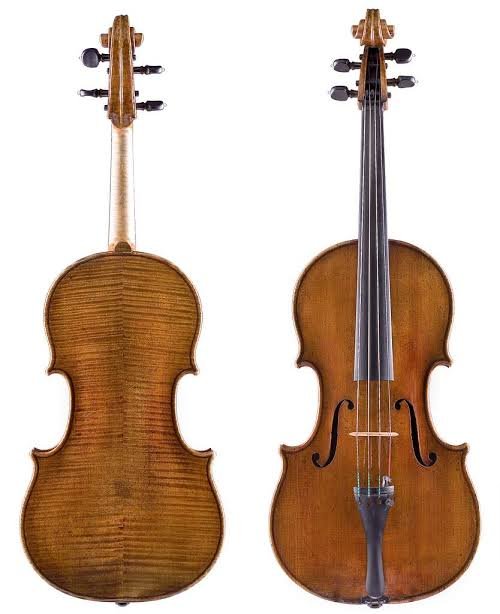
While the viola itself is essential to produce a human-like sound, its bow is also vital to guarantee a harmonious and enthralling music. Thus, it’s important to keep your viola bow in its best shape.
Generally, you should always tighten the bow hair before and loosen it after every practice or performance. Aside from letting the bow breathe through this method, wiping it clean with a soft cloth should help in removing any rosin dust or residue. You may also seek a professional’s help to have it checked for any damage.
Here are some other tips to taking care and maintaining your viola bow:
1. You may use a toothbrush in cleaning the bow hair. Remember that you are not only removing rosin dust that can affect the quality of your bow, but you are also trying to wipe the sweat it had accumulated from your hands.
2. You can wash the hair of your viola bow to ensure that you are not leaving any traces of fatty compounds, thus restoring your bow into its original condition. In washing the bow hair, check that you have released the frog of your viola bow from the stick by loosening its screw.
After that, you should do the following:
a. Rub the parts with alcohol except for the stick.
b. With the use of shampoo or soap, remove all other dust lingering around.
c. Dry up the bow hair with a towel by gently combing it with a comb or toothbrush.
3. It’s a common rule to always apply rosin on your viola bow to keep its hair tight. You may apply in your desired direction as long as you have distributed the powder evenly. Some violists use a toothbrush to properly distribute rosin all over the bow hair.
4. Viola bow needs rehairing at least once every two years for average students and every six months for professional musicians. However, if you noticed hair loss in the middle or both ends of your bow, or there’s a sticky or smelly odor on the bow hair, you should have it replaced immediately.
Since the hair is critical in the sound the viola produces, it could have a negative effect on your performance if you won’t have it replaced when needed. If you’re still a beginner, it’s ideal that you have the hairs replaced by a professional, may it be your instructor or from the store where you’ll be buying bow hair.
5. Since there are at least 150 to 170 hair strands in a viola bow, it is inevitable that some of its will break, especially if it’s already worn out from frequent use. If such happens, refrain from pulling it and instead use scissors or sharp knife to cut it. Harsh pulling of broken bow hair may affect parts of the bow and other strands.
6. Choosing the right rosin for your bow is important as this is the agent that causes friction between the bow and the viola. It’s best that you get familiarized with various types of rosin:
- The darker rosin is heavier and stickier and ideal for string instruments that are larger in size.
- The lighter-colored rosin is less heavy and sticky, making it a perfect choice for both viola and violin.
- The quality of rosin is also affected by the temperature of the environment, that’s why it’s ideal that you keep varying types just so your bow can adapt well with the temperature.
Similar to the delicate sounds produced by this instrument, the viola and its parts should be thoroughly taken care of to keep its superior quality and give the satisfaction its listeners desire.
